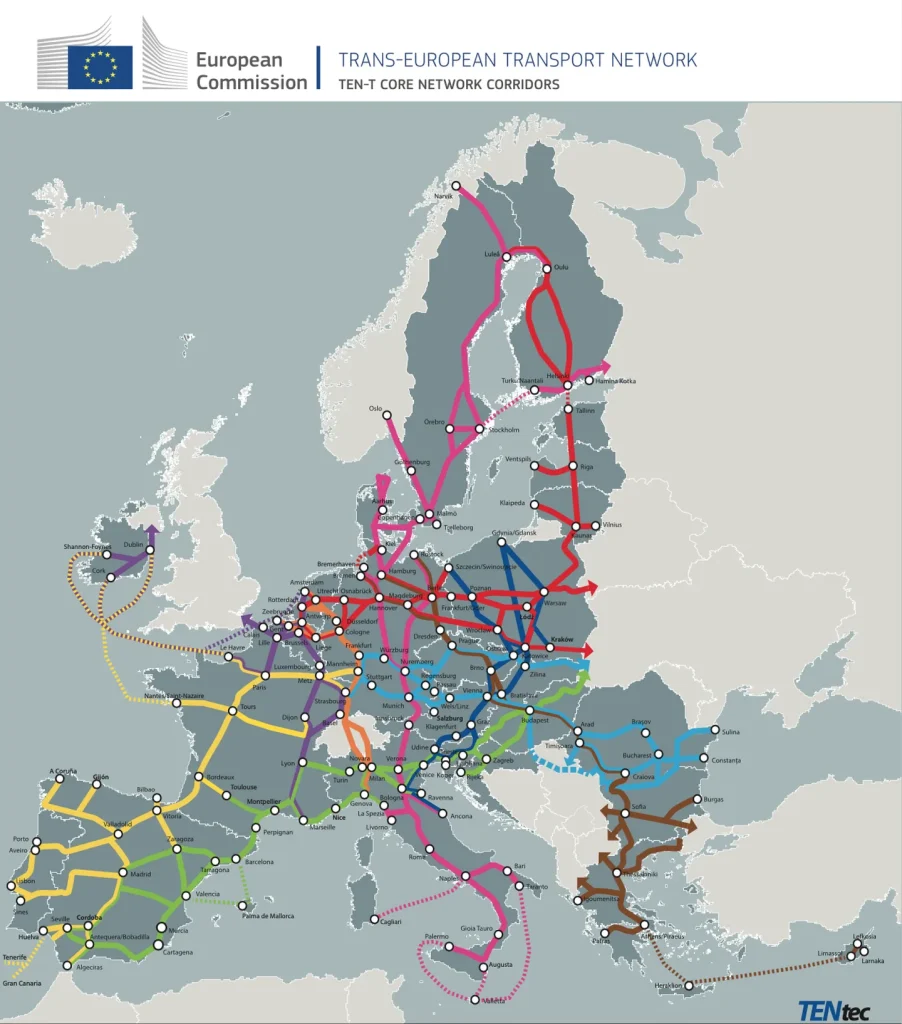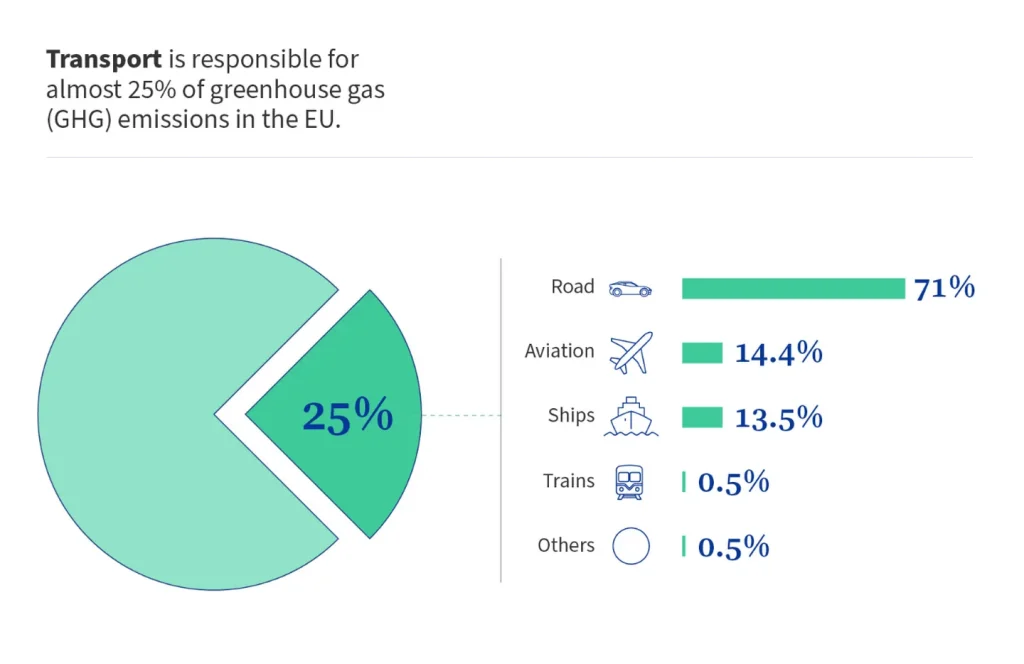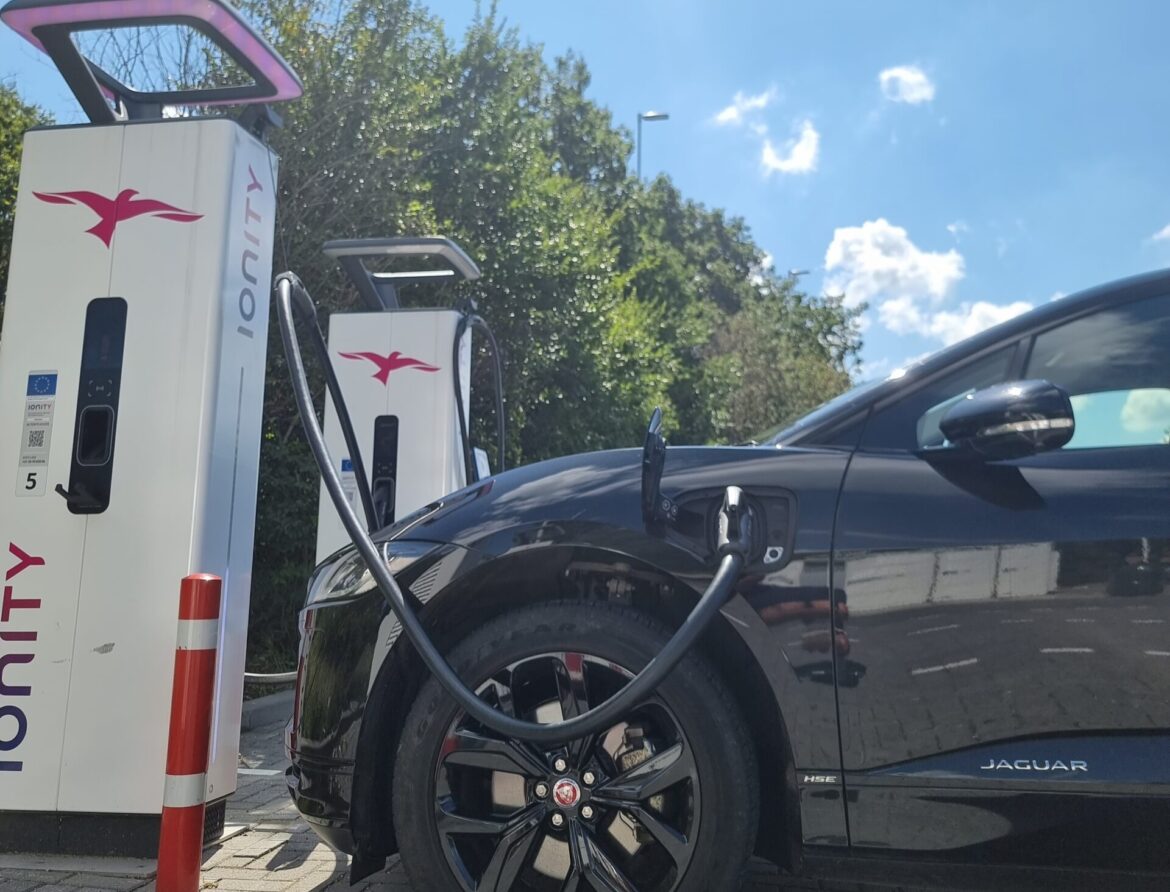EV Charging Made Effortless on EU Motorways by 2025
Table of Contents
Key Development in EV Charging
In a move to accelerate the shift towards sustainable mobility, the European Union has taken a decisive step. The Council of the EU has green-lit a revolutionary regulation that promises to reshape the EV charging landscape across Europe. This strategic initiative extends beyond mere infrastructure enhancement; it’s about enriching the EV ownership experience and propelling the EU’s ambitious environmental goals forward.
Threefold Advantage for EV Owners:
Combatting Range Anxiety
The expansion of EV charging facilities along key motorways is set to significantly reduce range anxiety. It’s about ensuring that an EV owner never feels stranded or limited in their travel – a true game-changer for long-distance EV travel.
Simplified Payment Process
Gone are the days of navigating different apps or subscriptions for charging. The future promises a streamlined process, akin to the simplicity we experience at traditional petrol stations. You will be able to pay your charge with a contactless or a credit card solution.
Transparent Information
No more unexpected situations with clear communication on pricing and charger availability. This is about bringing clarity and confidence to EV owners, enhancing the overall user experience.
The Road Ahead – Fast EV Charging Stations:
2025 Milestone, every 60km (37mi) along the EU’s Trans-European Transport Network (TEN-T) will be dotted with fast charging stations, each offering a minimum of 150kW power. My recent 3,000km road-trip in a Jaguar IPACE to the south of France and back home via The Netherlands highlighted the robustness of the existing network. This new mandate is set to virtually eradicate range anxiety for travellers on TEN-T roads, making EV road trips a seamless experience.

Raising the Bar for EV Charging Power:
- 2025 Goal: The “core” TEN-T road network will witness the establishment of stations capable of a remarkable 400kW total output.
- 2027 Expansion: Expectations rise to at least 600kW total output, with a maintained standard of at least 150kW for individual charging points.
Real Power at Your Disposal:
The reality of 150kW chargers often falls short due to power sharing across cables. The new regulation ensures at least one full-speed 150kW charging point per station, catering to both existing and future high-capacity EV models, thus aligning with the rapid advancements in EV technology.
The Comprehensive Network and Timeline:
- 2027 Objective: Half of the “comprehensive” TEN-T road network will adhere to these charging standards.
- 2030 Vision: The entire comprehensive network is set to catch up.
- 2035 Target: Charging stations equipped with 600kW total output and two 150kW charging points will become the new standard.
Payment Simplified
The new regulation mandates hassle-free, ad-hoc payment options using cards or contactless devices. This means no more fumbling for apps or subscriptions – just plug in, pay, and charge, enhancing the ease of use for EV drivers.
Transparency in Charging
Clear digital displays of pricing, wait times, and availability at charging stations will become the norm. It’s about ensuring that you’re fully informed before you charge, reducing any anxiety associated with using different charging networks.
Beyond Personal Vehicles
The regulation isn’t just for cars and vans. It ambitiously sets targets for heavy-duty electric vehicles and extends its reach to maritime ports, airports, and even includes hydrogen refueling stations for both cars and trucks, demonstrating the EU’s holistic approach to sustainable transportation.
Part of a Bigger Picture – ‘Fit for 55’
This initiative is a critical cog in the EU’s ‘Fit for 55’ package, aimed at slashing greenhouse emissions by 55% before 2030 and achieving climate neutrality by 2050. Given that 25% of the EU’s emissions stem from transportation, with a substantial 71% from road use, this regulation is a significant stride towards a greener future.

Next Steps
With its formal adoption by the Council, the regulation now progresses through the necessary formalities before becoming law across the EU, marking a significant milestone in EU policy-making.
A Step Forward
Raquel Sánchez Jiménez, Spanish Minister of Transport, Mobility and Urban Agenda, encapsulates the sentiment: “The new law is a milestone of our ‘Fit for 55’ policy providing for more public recharging capacity on the streets in cities and along the motorways across Europe. We are optimistic that in the near future, citizens will be able to charge their electric cars as easily as they do today in traditional petrol stations.”
Read More
- A Sunny Outlook: Wind and Solar Outshine Fossil Fuels in the EU
- Volkswagen’s ID.7 GTX Duo Available in the UK
- Rivian & Volkswagen Alliance Gets German Approval
- Porsche Unveils First Electric Cayenne Prototypes
- Rivian Shares Surge 50% on Volkswagen’s $5 Billion Investment
Frequently Asked Questions
What are the new EU rules for EV charging?
The European Union has passed a regulation requiring the installation of fast EV charging stations every 60km along major motorways. These stations must offer at least 150kW of power by the end of 2025. Additionally, they will provide simplified payment options, including card and contactless payments, without needing a subscription.
What type of EV charging infrastructure is prevalent in Europe?
Europe primarily uses Type 2 (CCS)connectors for EV charging. The infrastructure includes a mix of slow, fast, and ultra-fast charging stations, with an increasing focus on fast and ultra-fast chargers to accommodate longer journeys and the growing number of electric vehicles.
Who is the largest provider of EV charging in Europe?
Currently, there are several major players in the European EV charging market. The largest providers include companies like Ionity, which is a joint venture by several major automobile manufacturers, and others such as Allego and Fastned, known for their extensive network of fast-charging stations.
Did the EU pass a law to blanket highways with fast EV chargers by the end of 2025?
Yes, the EU has officially passed a regulation mandating that fast EV charging stations, with a minimum of 150kW power, be installed every 60km on major EU highways by the end of 2025. This is part of a larger effort to promote the use of electric vehicles and reduce greenhouse gas emissions.
Will the EU ban petrol and diesel cars in 2035?
The European Union has proposed a plan to phase out the sale of new petrol and diesel cars by 2035, as part of its broader goal to achieve carbon neutrality by 2050. This proposal is part of the EU’s ‘Fit for 55’ package aimed at reducing greenhouse emissions by 55% before 2030 compared to 1990 levels.

